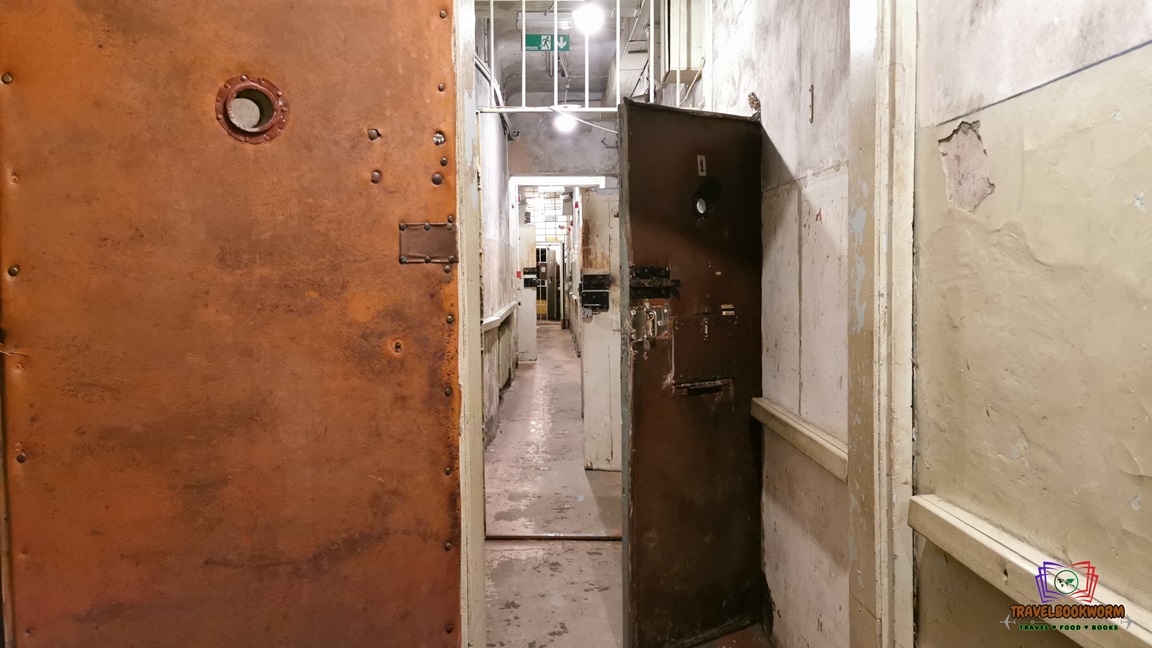The KGB Museum, also known as the Corner House, is a historical landmark in Riga that offers visitors a glimpse into the dark past of Soviet occupation.
Brief History of the KGB Building: The Corner House
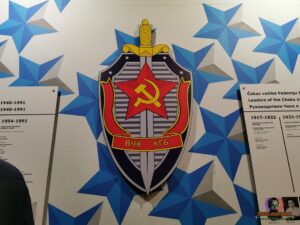
Built in 1912 as a residential and commercial building, this building was later taken over by the KGB when Latvia was annexed by the Soviet Union in 1940.
However, this occupation was short-lived as the Nazis took control of Riga less than a year later.
In 1944, as the Soviets regained control of Latvia, the KGB returned to the Corner House and continued their operations until 1991, when they finally left Riga.
After that, the Latvian State Police occupied the building from 1991 until the summer of 2008. Subsequently, the Corner House remained deserted for several years until 2015, when the Museum of Occupation of Latvia took over the property and initiated renovations completed in 2021.
The Operation Hour and Price
The exhibition of this former headquarters of the KGB in Latvia is open daily from 10.30 – 17.30, and the visit to the ground floor of the museum is free of charge.
If you want to explore the cells, kitchen, exercise area, and execution room, you may get the guided tour that takes about an hour and is available five times daily. However, children under 12 are not allowed in the tour.
Cost of the guided tour:
Adults: 10.00 EUR
Students: 4.00 EUR
Time for the English guided tours: 11.00, 12:00, 13.00, 15.00 and 16.00
Please purchase the ticket online and in advance to avoid disappointment. You can purchase the ticket HERE.
Our Visit Experience
We tried to visit this place on the new year’s day, but it was closed. So, this place closes on special occasions. Hence, please check the website for availability.
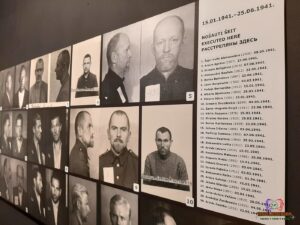
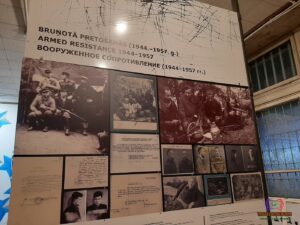
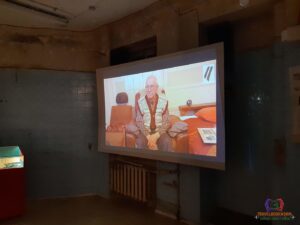
The ground floor exhibition presented plenty of information detailing the history, and some testimonies played on the television screen with English subtitles. So, please come early and explore the floor before the guided tour starts. The guide will call up and meet up at the end of the hall.
The overcrowding on this tour was my sole complaint, as the large group of approximately twenty people made it difficult to move around and spent little time in certain places to give a chance to others.
The Administration Office
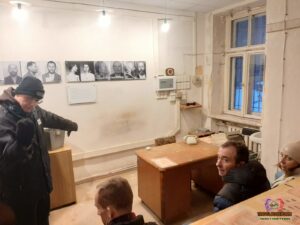
The administration office was the first room where the detainee would be led in and have their details registered with their fingerprints and photographs taken.
Their personal belongings were then confiscated and stored in a drawer before the interrogations, which often lasted for days, and these belongings were never reunited again with the detainee.
The Interrogation Room
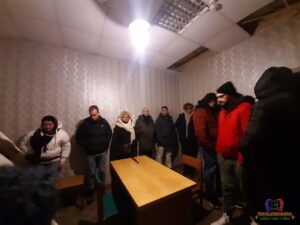
The interrogation room itself was equipped with a two-way mirror, allowing KGB officers, known as ‘Chekas,’ to observe and manipulate their prisoners in an attempt to extract confessions.
They would be tortured physically using cigarette butts, fingers slammed to drawers or smashed with batton, beaten up and threaten the safety of the family members.
The Cells
The torture methods used by the KGB were brutal, with up to 30 prisoners crammed into small cells and forced to share a bucket for a toilet that only emptied once a day.
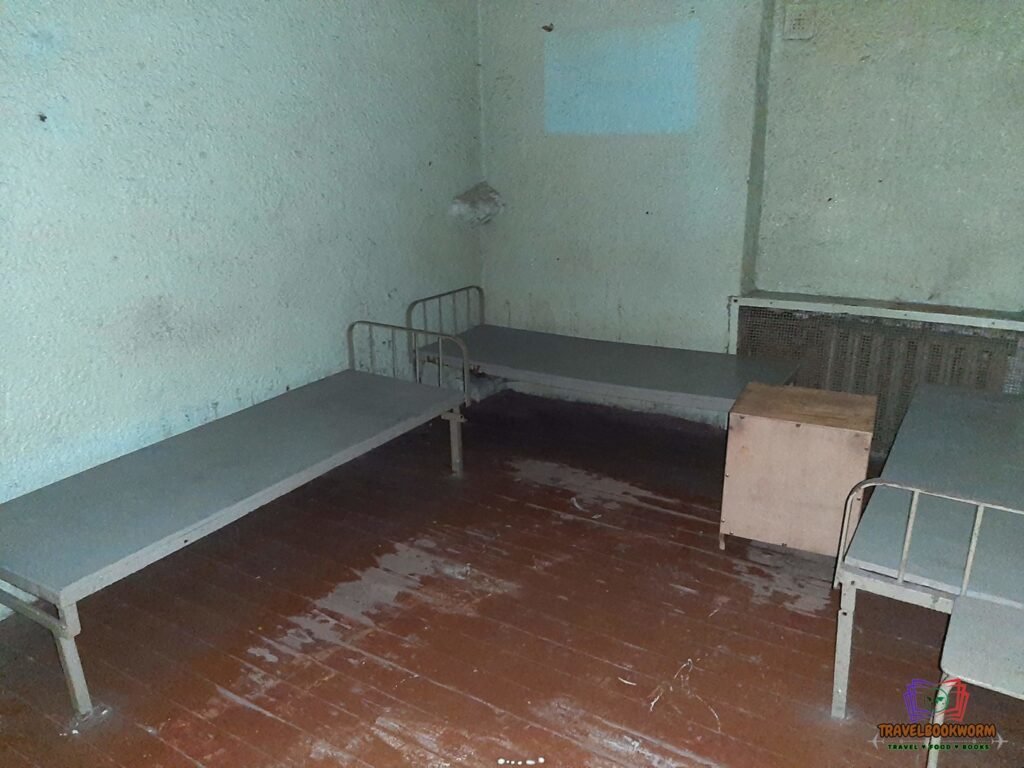
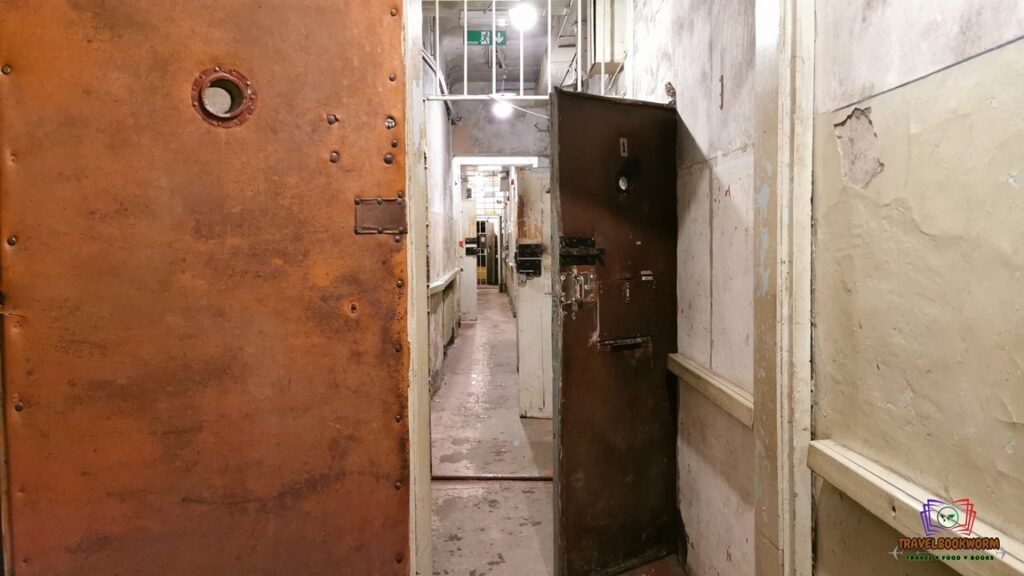
The cells were constantly lit at night and heated during summer, causing extreme sleep deprivation and discomfort for the prisoners.
So, not only did they get physical torture in the interrogation room, but they also suffered from mental torture in the cell.
The Exercise Courtyard
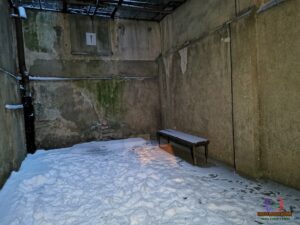
In the exercise courtyard, prisoners were only allowed to walk in circles with their heads down for 20 minutes a day and were forbidden to communicate with one another.
They were kept separate from the person they knew as well.
The Kitchen
The prisoners were served three meals a day, but the food was often watery and meagre, with fish soup being a common dish.
The Execution Room
As told by our guide, the legal count for victims that were killed was 188.
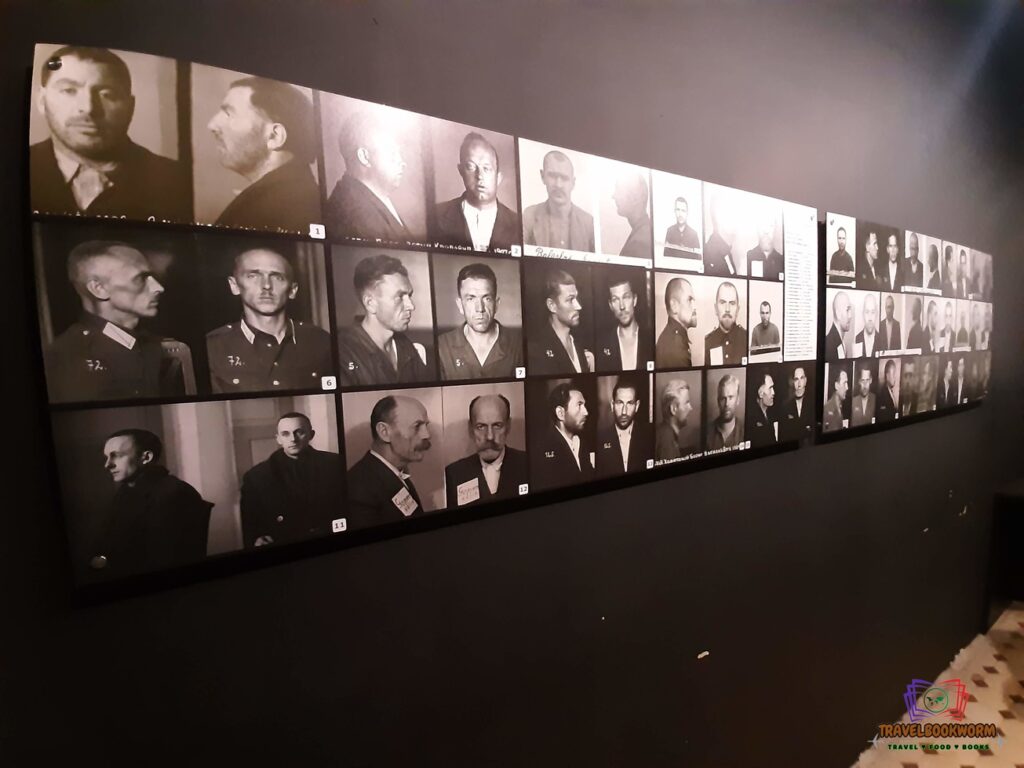
The last place on the guided tour was the horror room. Unlike what we see today, where it’s an open space, it used to be a small soundproofed room. The prisoners were taken to this room at night with their hands tied and shot fired to the forehead by a Cheka officer.
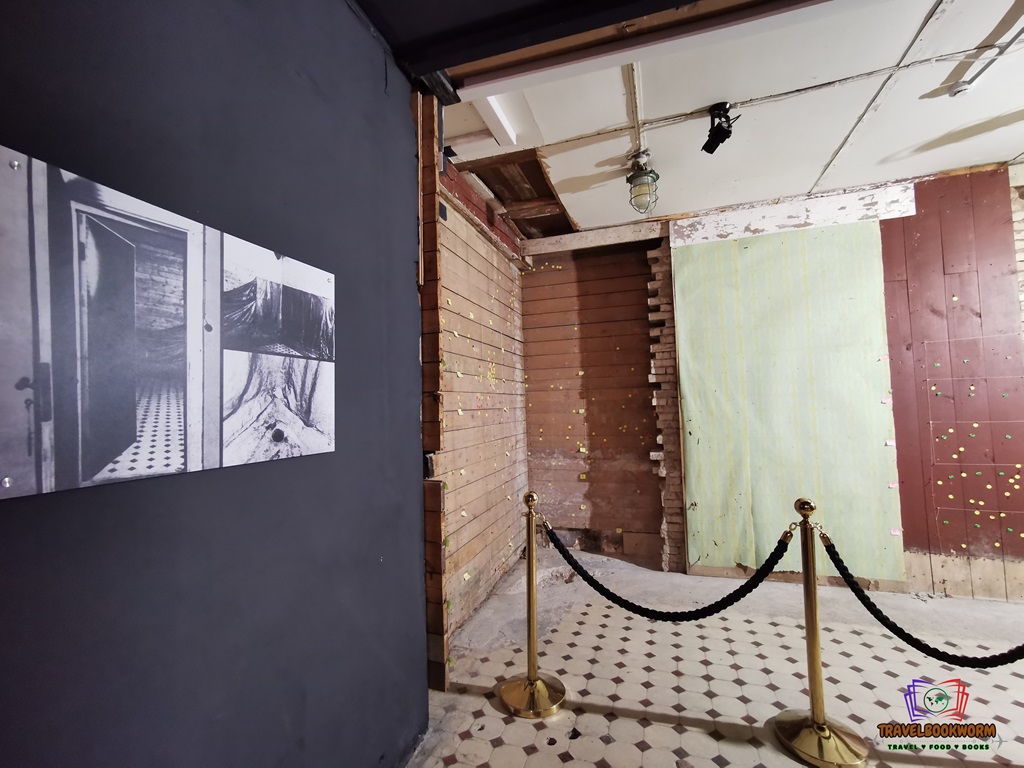
Before any killing, some plastic would be placed on the wall to prevent the blood from splashing, and there was a drainage on the floor to wash the blood away.
Nearby, at the loading bay, a truck with an engine running to muffle the gunshot and standby to transport and then buried the body in nearby forests.
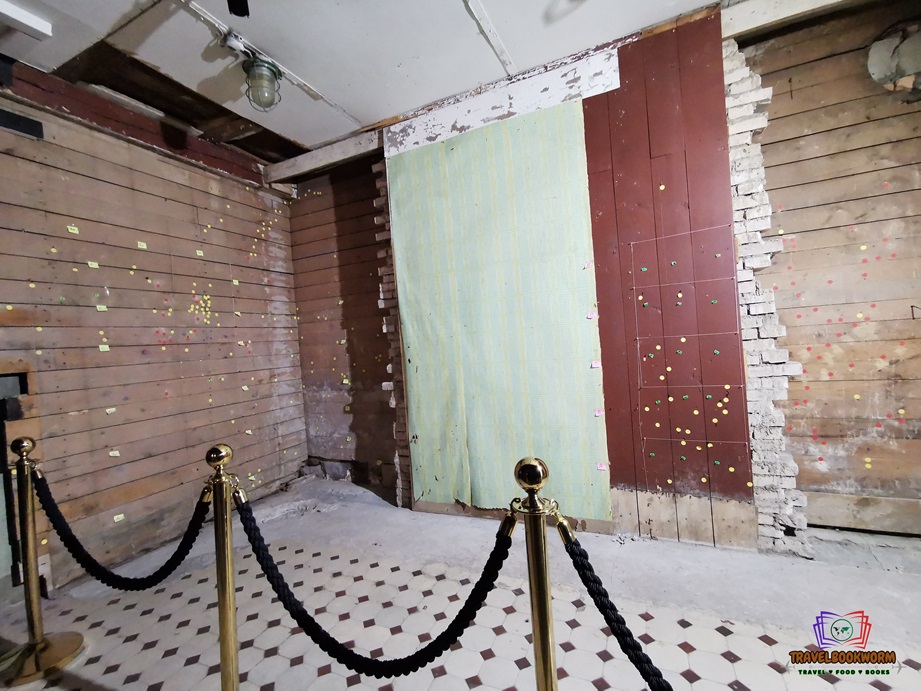
The stickers mark the number of bullet shots on the wall.
The KGB Museum in Riga serves as a haunting reminder of the atrocities committed under Soviet occupation, and this museum is a must-visit for those interested in learning about this dark period in Latvia’s history.
Travel Date: 13th January 2024
